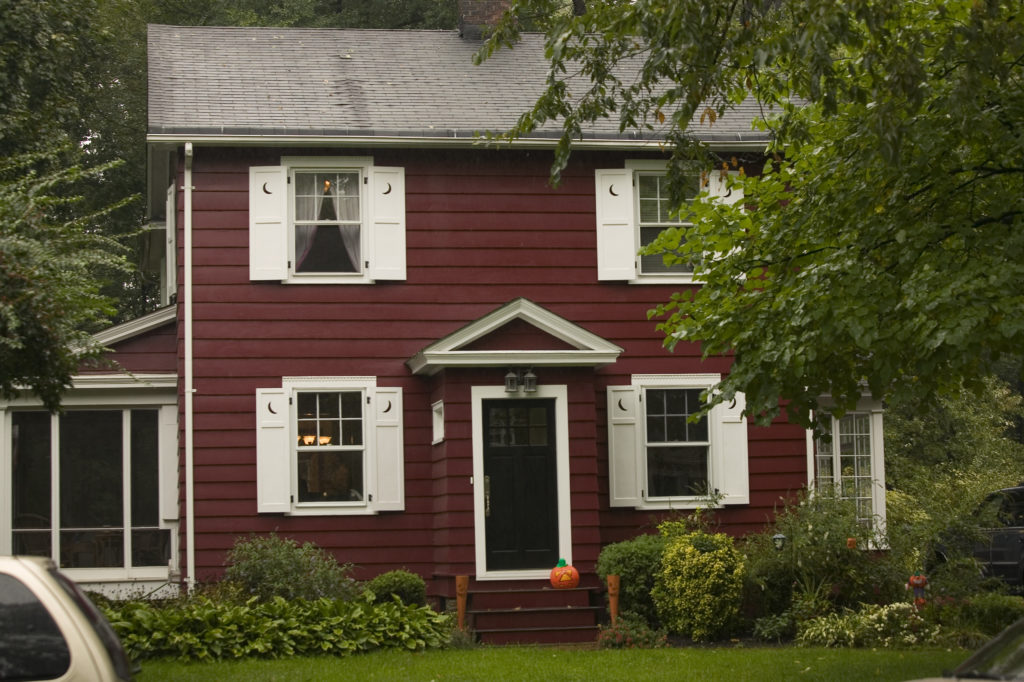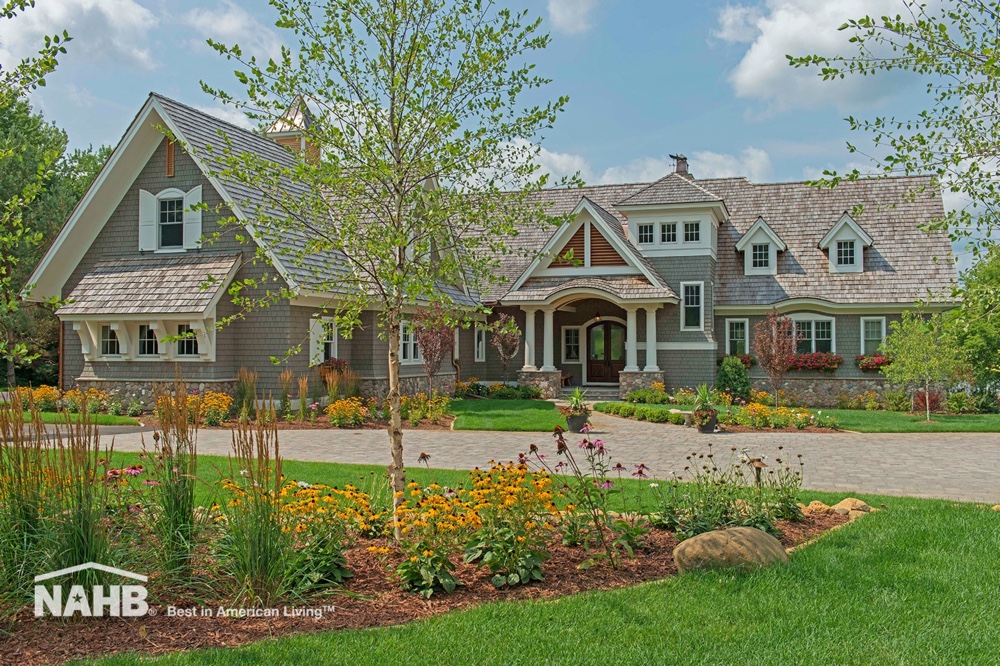Sure you’ll need boxes, but add in these other must-haves and you’ll be moving like a pro.
Moving can be a stressful time, especially if you’re taking the DIY route. Aside from the day-of essentials — coffee and donuts for you and your crew — you’ll want to gather these 10 must-have supplies ahead of time to make packing (and unpacking!) as smooth as possible. Most of these items can be ordered online or picked up at a local storage company, rental company or hardware store.
1. Boxes: Heavy-duty, wardrobe & specialty
When you’re doing all the heavy lifting yourself, it can be tempting to scrimp on boxes and ask for used ones from local stores. This is a time-consuming process, and you’re likely to get odd-shaped boxes or produce boxes without lids. While some hand-me-down boxes are fine, you’ll also want to invest in new heavy-duty boxes built for moving. Don’t forget to pick up specialty boxes for mirrors and artwork, and wardrobe boxes with hanging racks to make putting your closet back in order a snap.
2. Packing tape
Next, you’ll need packing tape, and lots of it. Packing tape can be expensive, but price indicates quality. Cheap tape is often flimsy and sticks to itself, requiring you to use more of it. Heavy-duty tape is a one-strip operation on the bottom and top of the box. Buy in bulk to get the best deal and avoid last-minute tape runs for expensive single rolls.
3. Moving blankets
These can be standard blue moving blankets or just ones that are on their way out anyway and that you won’t mind getting a few grease strains or tears. These are mostly to protect furniture from jostling and so you can stack boxes or more furniture on top. If you’re packing a car or pickup truck, blankets are also useful for lining the trunk or bed so you don’t leave stains or scratches. Moving blankets also can be taped around bannisters to avoid damaging them on moving day. The more blankets you have on hand the better, so ask friends or family if you need more, or hit up a thrift store.
4. Stretch plastic wrap
A roll of mover’s stretch plastic wrap that seals to itself can be a miracle-worker on moving day. Use it to bundle boxes together, keep plastic bins closed, hold rugs rolled, keep cabinet doors in place and so much more. The plastic wrap sticks only to itself and leaves no residue, so it’s a mover’s best friend.
5. Bubble wrap
Of course, bubble wrap is a must-have for any move and is particularly useful for keeping delicate plates and bowls secure inside boxes. Use small bubbles for more delicate items and larger bubbles for larger items. With bubble wrap and the next two items on this list, all of your fragile items will be well-protected.
6. Packing paper
Packing paper is a different animal than standard tissue paper or even brown paper used for mailing. This is a thin, flexible paper that is unbeatable for filling in boxes to keep items from shifting. You can use it much like bubble wrap for less-fragile items. The rule of thumb for moving is that nothing should move inside a box, so stuff packing paper to your heart’s content — or at least until nothing is rattling around anymore.
7. Paper towels
Paper towels are another essential tool to keep within arm’s reach during your move. Not only are they useful for spills and cleanup, but they also can be a packing tool. Stuffing paper towels inside fragile vases or mugs will help keep them protected. Place a paper towel between dishes when stacking to prevent scuffs and dings. The best part: You can collect all of the paper towels when you get to your new place and use them for cleaning.
8. Carpet protection
Most DIY movers won’t think of this one, but mover’s carpet protection film is a good investment. This is a different film than the stretch moving wrap and it won’t shift or drag on carpet or stairs. With the constant going in and out, carpet is sure to take a beating. If you add in a muddy, wet or snowy moving day, carpet protection is essential.
9. Easy moving sliders and/or a dolly
When you’re moving by yourself, those little disks that you place under furniture to move it across the floor without lifting can be a major back-saver. There are specific sliders for carpet and hard surfaces, so one set of each should make moving much easier. If you can borrow a dolly, this is an unbeatable combination. You’ll be able to make fewer trips and save yourself a lot of struggle.
10. Utility knives
A few high-quality utility knives within arms’ reach are a necessity. Brightly colored knives will be easy to find amidst the (hopefully organized) chaos.











